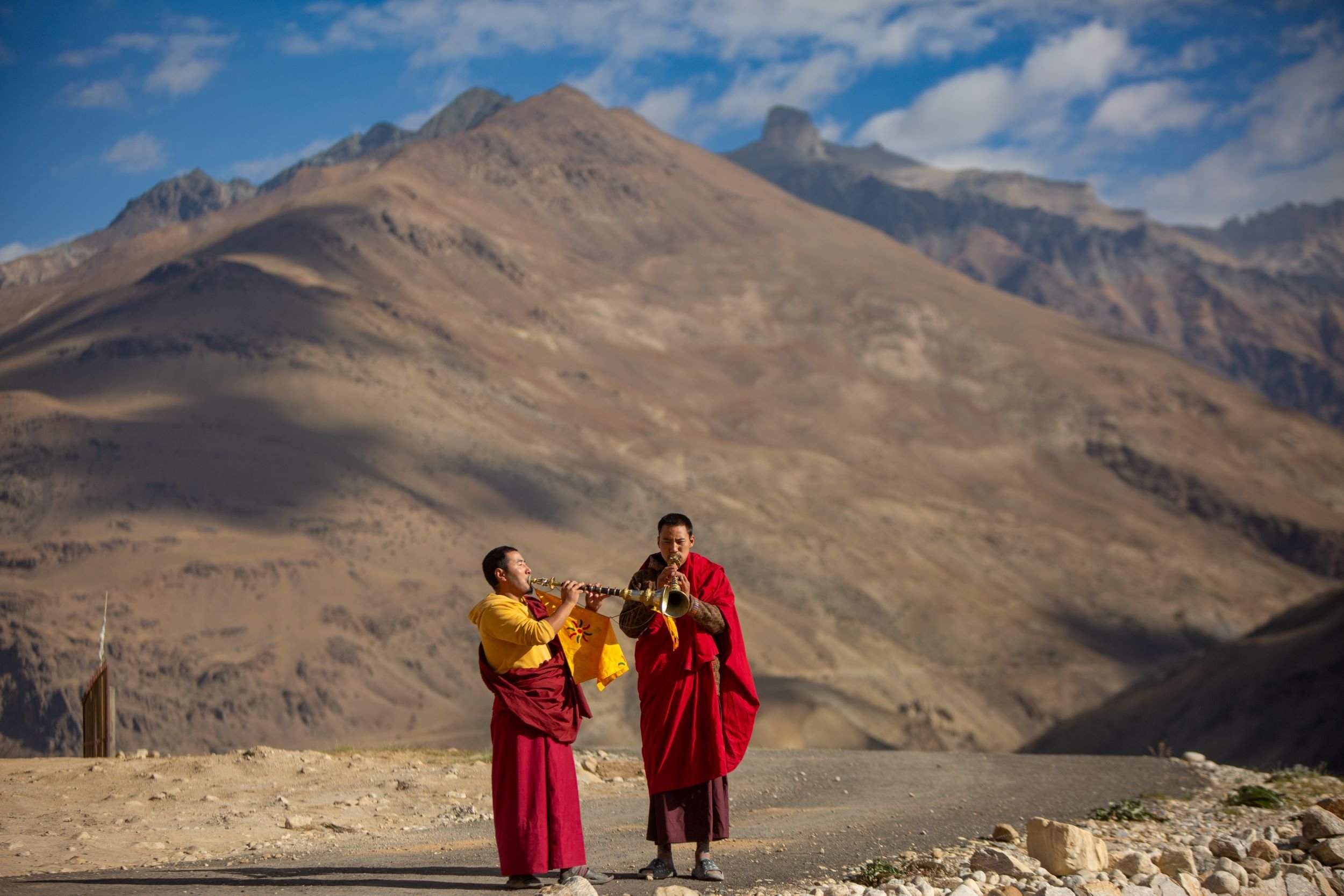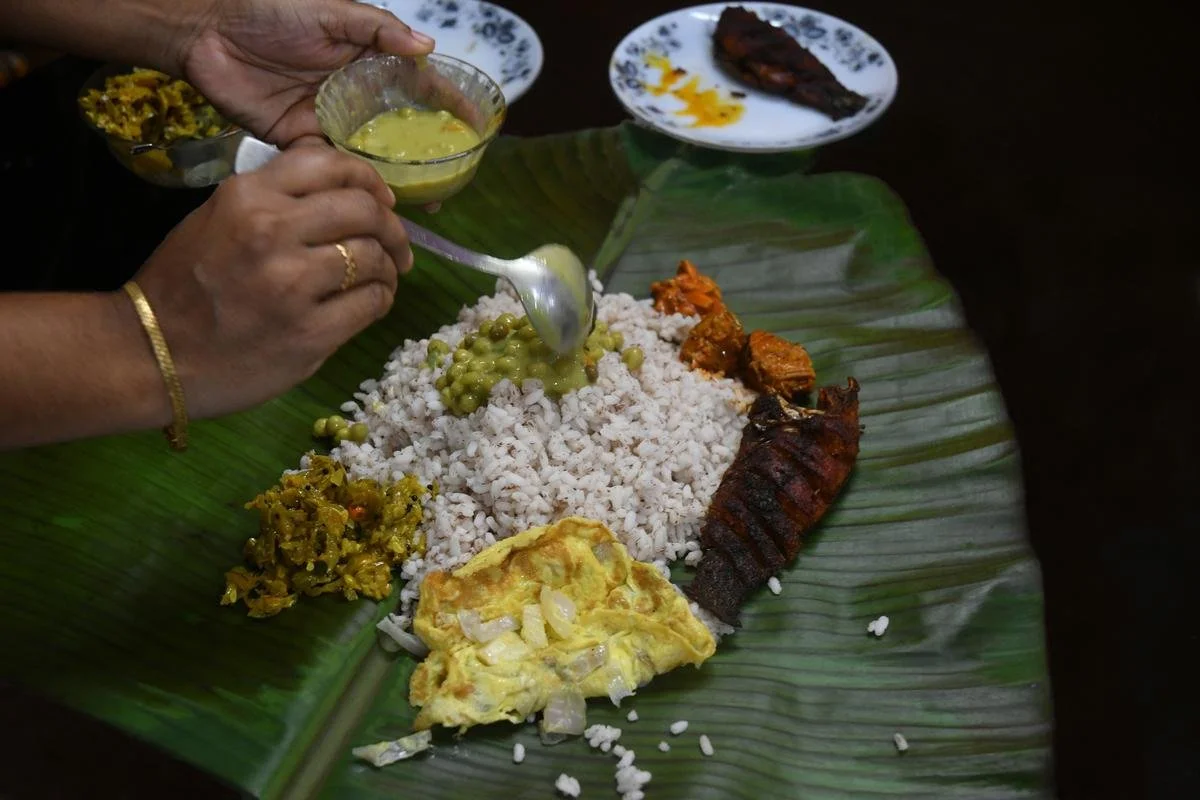Celebrate Everything with Paati's Kozhukattai Recipe

It takes six months to see Patti in 2020. Over the prior five months in quarantine, I Facetime her daily, keen for her sly wit. To reach her, it takes 20 hours and two flights, multiple facemasks, a face shield, and rabid disinfection. I evade (real and imagined) anti-maskers at airports, isolate in a room for two weeks on landing, and diligently check my temperature and oxygen.
During this time, Patti insists that gargling turmeric water will halt all viruses in their tracks. My family leaves tumbler after tumbler of orange concoctions outside my door. One day, I realize that Patti mistook sambar podi for turmeric. I splutter; my throat smarts. Before incurring any real damage, I emerge, ready to cook with Patti.
Today, we make kozhukattai — jaggery, coconut, and cardamom-filled dumplings that pop out for festivals in Tamil Nadu. A variant of the modak, they feature mainly for Ganesh Chaturthi, but Patti also pulls them out on her most favourite holiday of all: Varalakshmi Nombu. For the Goddess, she goes all out. My mother indulges her every ritual fantasy as they plunge head-first, charging commanders, into a frenzied vortex of food.
This year, Patti cracks jokes, while pleating dumplings like saris. “I look like a kozhukattai,” she mourns. To me, that’s a good, adorable thing. The term “kozhukattai” is a metaphor in Tamil, referring to anything round and cute, to people who can’t answer a question quickly or speak like Marlon Brando in The Godfather (“Vaayla kozhukattai irruka”, or “Do you have kozhukattai in your mouth?”), or as a part of rather violent old folk tales.
Patti glances at my dumpling and sniffs. “Shape it like a kodai (umbrella), not a flat thattu (plate),” she throws in Tamil, referring to the rice dough’s optimal form, before stuffing and pinching the edges. While rolling roasted jaggery and coconut into spheres, she tosses indulgently barbed jokes at my selectively deaf grandfather. He doesn’t hear her, or pretends not to.
Patti moves slowly, like a tortoise. When she walks too fast, she breathes in shallow gasps. Tortoises are bad luck in parts of South India. She may not like being compared to an ஆமை. But Lord Vishnu was a tortoise at one point? Also, tortoises are sweet, and cute. I ramble now because I don’t know if she’d appreciate this tortoise simile. This is our general vibe: I always wonder “What Would Patti Do” (WWPD), only to receive love. I once gifted her a pair of bronze turtles, from travels in Assam. “Turtles are inauspicious,” she said, but kept them proudly on her shelf “because you bought them for me.”
Every second with her is precious. I must leave soon, to return to work. Migration is both pain and privilege. As I bow to the Goddess next to Patti, I wish fervently for many future chances, to make kozhukattai by her side.
Here is her kozhukattai recipe, for any occasion.
Recipe: Kozhukattai for Every Celebration
Ingredients
¾ cup Basmati rice
¾ cup water
2 tsp sesame oil
1 pinch salt
1 pinch fresh finely ground cardamom powder
½ a coconut, grated (circa 1 cup grated coconut)
A chunk of jaggery, the size of a small orange
Method
To make the dough, soak rice in water for 2 hours. Grind the rice in a grinder (preferably Preethi), slowly adding in a small amount of water, until it becomes a fine paste.
Place rice paste in heavy bottom pan; add 1 cup water and 2 tsp sesame oil. Stir until a solid dough ball forms.
Keep aside in a bowl covered tightly by a wet towel.
Make the filling by roasting jaggery, coconut, and pinch of cardamom over low heat until all condensation evaporates and it slightly gels. Keep aside.
Shape the kozhukattai by rolling the rice dough into small round balls.
Roll jaggery coconut mixture into smaller round balls.
Press corners of rice dough until a circle forms; ensure the centre of the circle is slightly raised, a small “container” for the filling — like an umbrella, or the top of a mushroom.
Put the jaggery coconut ball into the dough circle and fold, pleat, and pinch, overlaying corners until sealed.
Place the kozhukattai (dumplings) onto an idli mould, and steam for 10 minutes on low heat.
Eat fresh, within a few hours — they do not store well.
Deepa is always hungry and loves to graze, whether in Thanjavur, Bangalore, San Francisco, or London. She works at Omidyar Network, a global impact investing firm.
ALSO ON THE GOYA JOURNAL





















